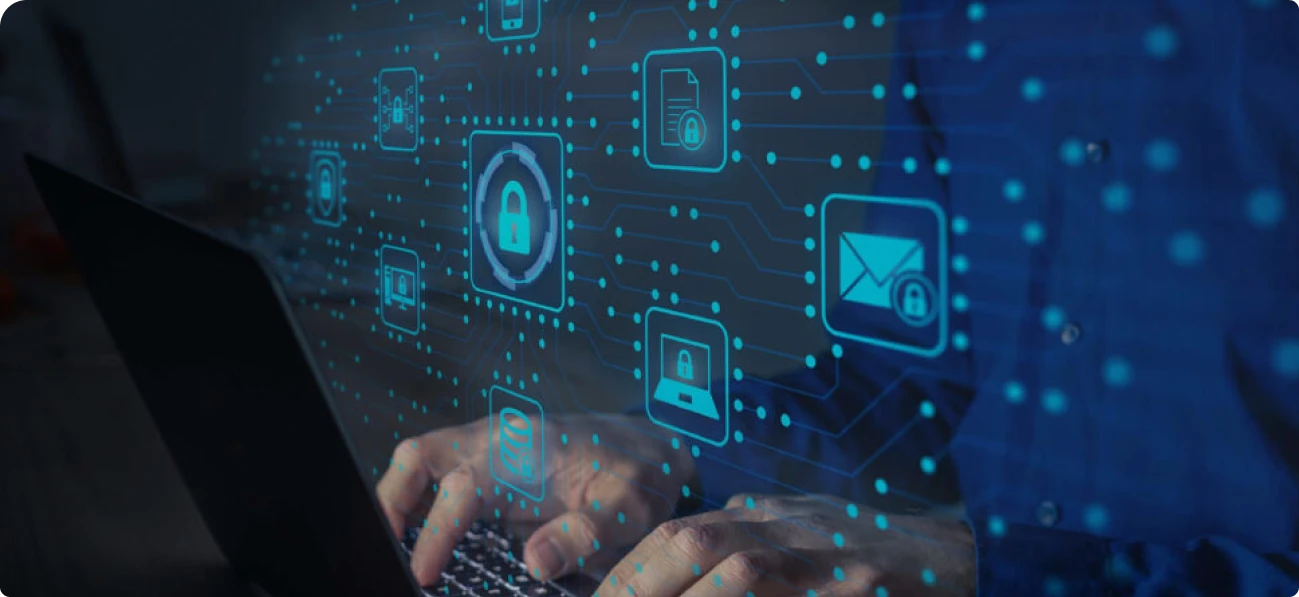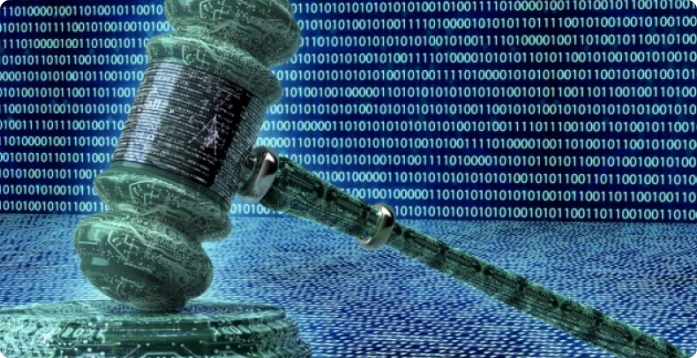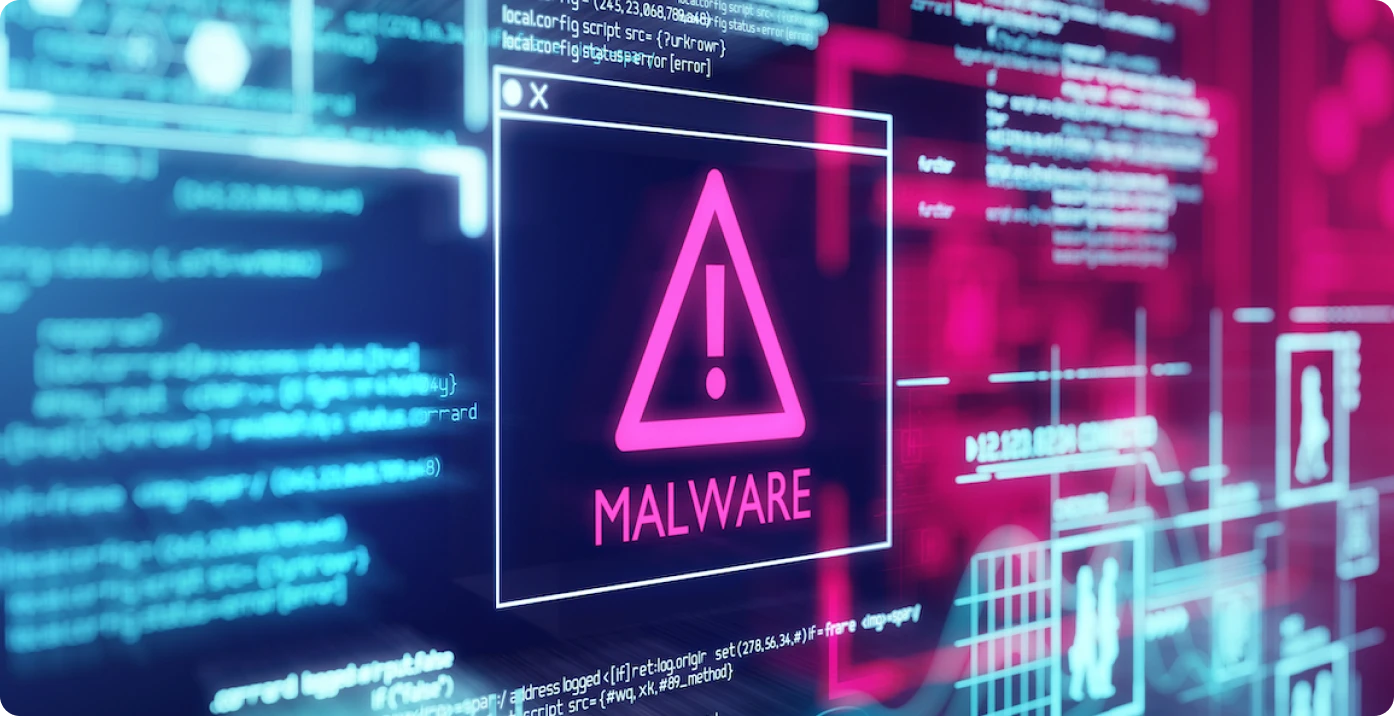Deepfake Scams
Introduction
Deepfakes are artificial intelligence (AI) technology that employs deep learning to generate realistic-looking but phoney films or images. Algorithms use large volumes of data to analyse and discover patterns in order to provide compelling and realistic results. Deepfakes use this technology to modify movies or photos to make them appear as if they involve events or persons that never happened or existed.The procedure begins with gathering large volumes of visual and auditory data about the target individual, which is usually obtained from publicly accessible sources such as social media or public appearances. This data is then utilised for training a deep-learning model to resemble the target of deep fakes.
Recent Cases of Deepfakes-
In an unusual turn of events, a man from northern China became the victim of a sophisticated deep fake technology. This incident has heightened concerns about using artificial intelligence (AI) tools to aid financial crimes, putting authorities and the general public on high alert.
During a video conversation, a scammer successfully impersonated the victim’s close friend using AI-powered face-swapping technology. The scammer duped the unwary victim into transferring 4.3 million yuan (nearly Rs 5 crore). The fraud occurred in Baotou, China.
AI ‘deep fakes’ of innocent images fuel spike in sextortion scams
Artificial intelligence-generated “deepfakes” are fuelling sextortion frauds like a dry brush in a raging wildfire. According to the FBI, the number of nationally reported sextortion instances came to 322% between February 2022 and February 2023, with a notable spike since April due to AI-doctored photographs. And as per the FBI, innocent photographs or videos posted on social media or sent in communications can be distorted into sexually explicit, AI-generated visuals that are “true-to-life” and practically hard to distinguish. According to the FBI, predators often located in other countries use doctored AI photographs against juveniles to compel money from them or their families or to obtain actual sexually graphic images.
Deepfake Applications
- Lensa AI.
- Deepfakes Web.
- Reface.
- MyHeritage.
- DeepFaceLab.
- Deep Art.
- Face Swap Live.
- FaceApp.
Deepfake examples
There are numerous high-profile Deepfake examples available. Deepfake films include one released by actor Jordan Peele, who used actual footage of Barack Obama and his own imitation of Obama to convey a warning about Deepfake videos.
A video shows Facebook CEO Mark Zuckerberg discussing how Facebook ‘controls the future’ with stolen user data, most notably on Instagram. The original video is from a speech he delivered on Russian election meddling; only 21 seconds of that address were used to create the new version. However, the vocal impersonation fell short of Jordan Peele’s Obama and revealed the truth.
The dark side of AI-Generated Misinformation
- Misinformation generated by AI-generated the truth, making it difficult to distinguish fact from fiction.
- People can unmask AI content by looking for discrepancies and lacking the human touch.
- AI content detection technologies can detect and neutralise disinformation, preventing it from spreading.
Safeguards against Deepfakes-
Technology is not the only way to guard against Deepfake videos. Good fundamental security methods are incredibly effective for combating Deepfake.For example, incorporating automatic checks into any mechanism for disbursing payments might have prevented numerous Deepfake and related frauds. You might also:
- Regular backups safeguard your data from ransomware and allow you to restore damaged data.
- Using different, strong passwords for different accounts ensures that just because one network or service has been compromised, it does not imply that others have been compromised as well. You do not want someone to be able to access your other accounts if they get into your Facebook account.
- To secure your home network, laptop, and smartphone against cyber dangers, use a good security package such as Kaspersky Total Security. This bundle includes anti-virus software, a VPN to prevent compromised Wi-Fi connections, and webcam security.
What is the future of Deepfake –
Deepfake is constantly growing. Deepfake films were easy to spot two years ago because of the clumsy movement and the fact that the simulated figure never looked to blink. However, the most recent generation of bogus videos has evolved and adapted.
There are currently approximately 15,000 Deepfake videos available online. Some are just for fun, while others attempt to sway your opinion. But now that it only takes a day or two to make a new Deepfake, that number could rise rapidly.
Conclusion-
The distinction between authentic and fake content will undoubtedly become more challenging to identify as technology advances. As a result, experts feel it should not be up to individuals to discover deep fakes in the wild. “The responsibility should be on the developers, toolmakers, and tech companies to create invisible watermarks and signal what the source of that image is,” they stated. Several startups are also working on approaches for detecting deep fakes.





.jpeg)
.jpeg)
